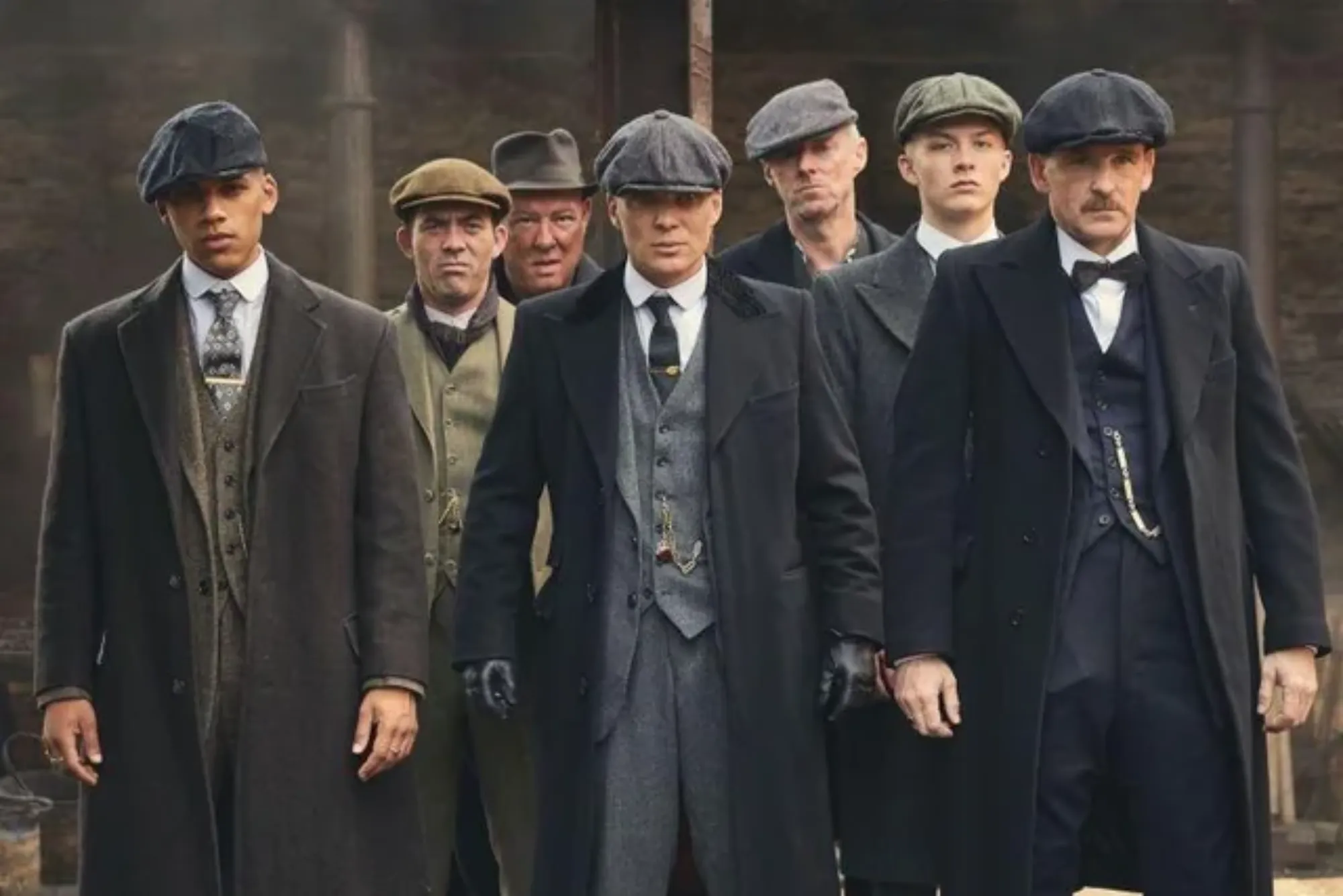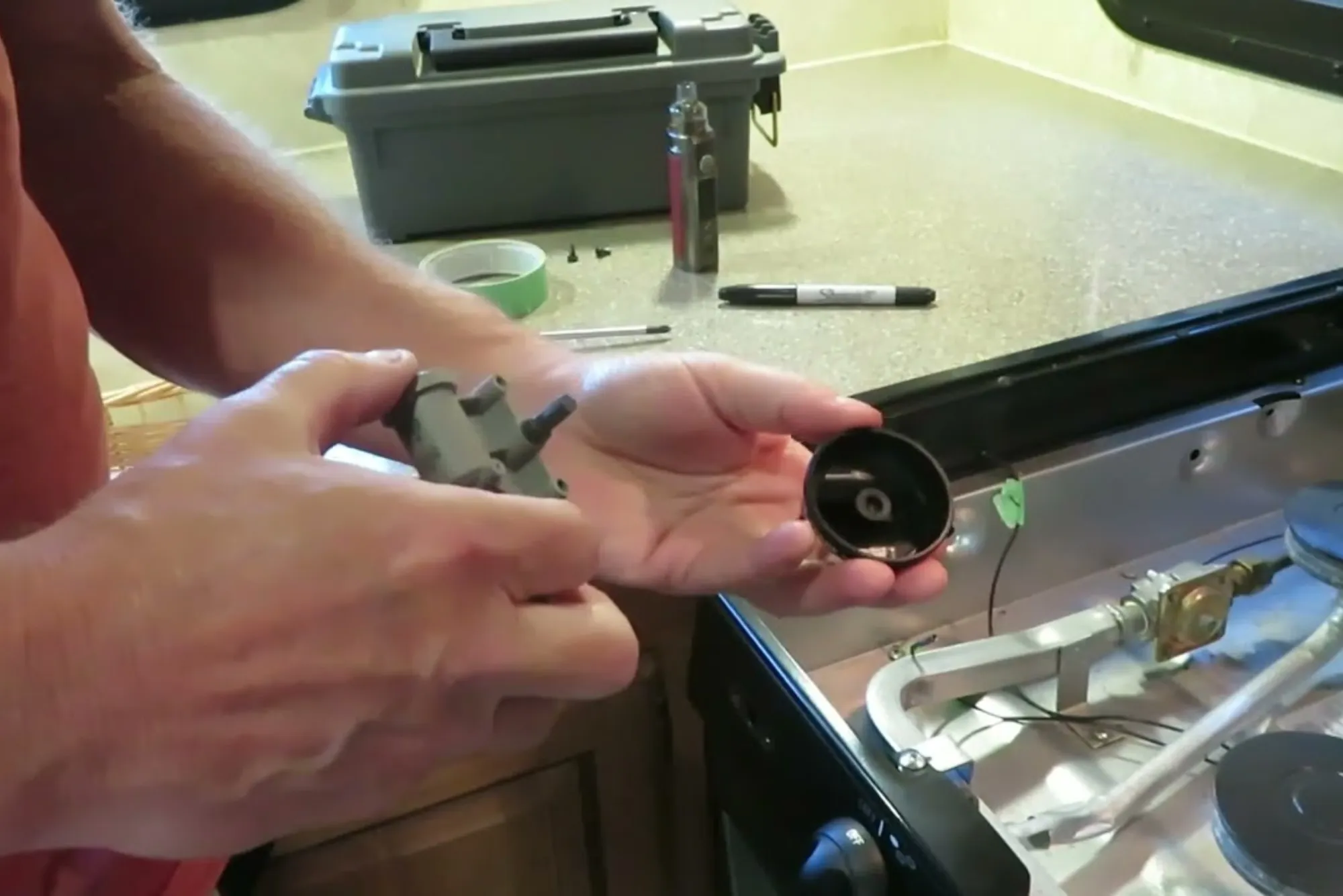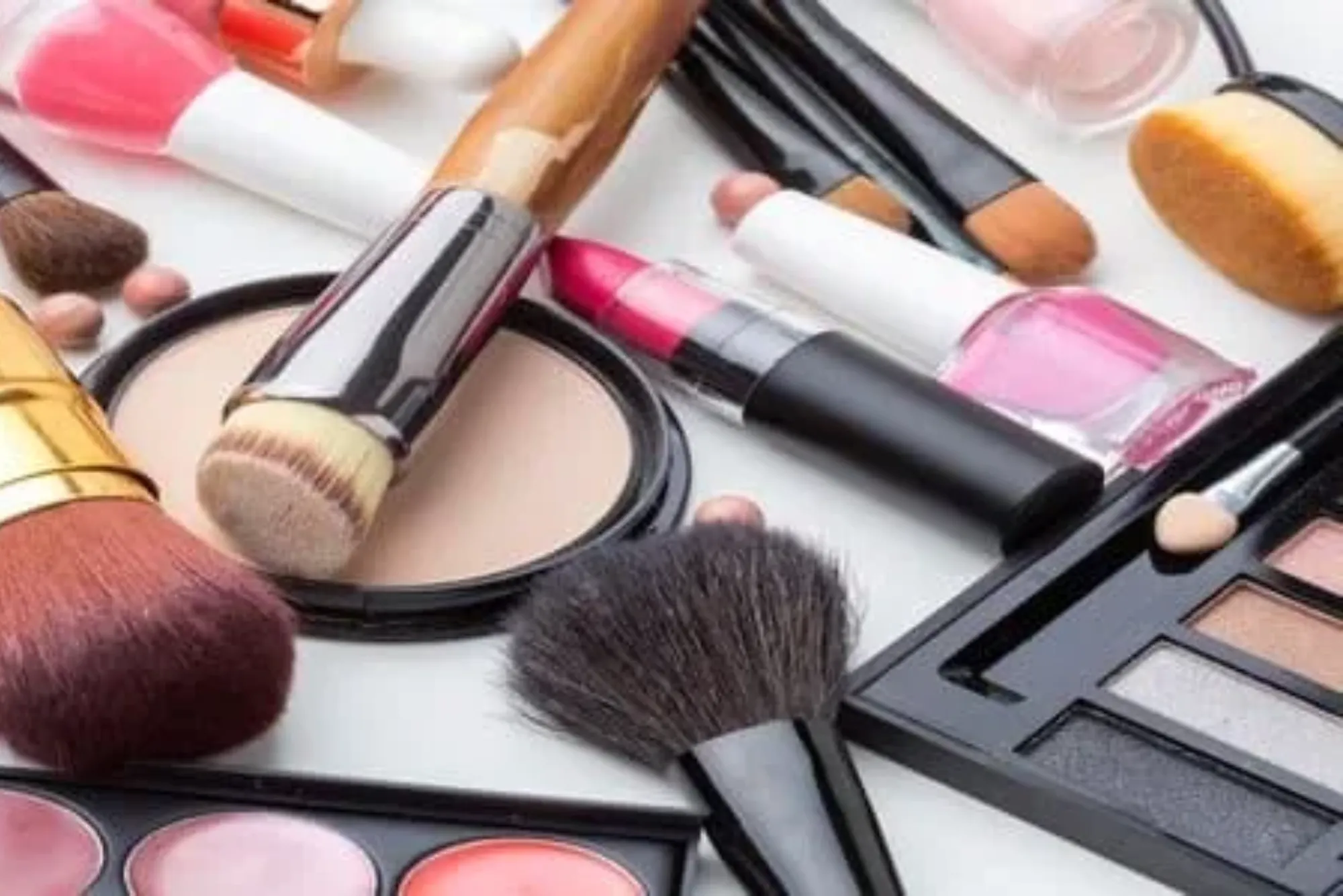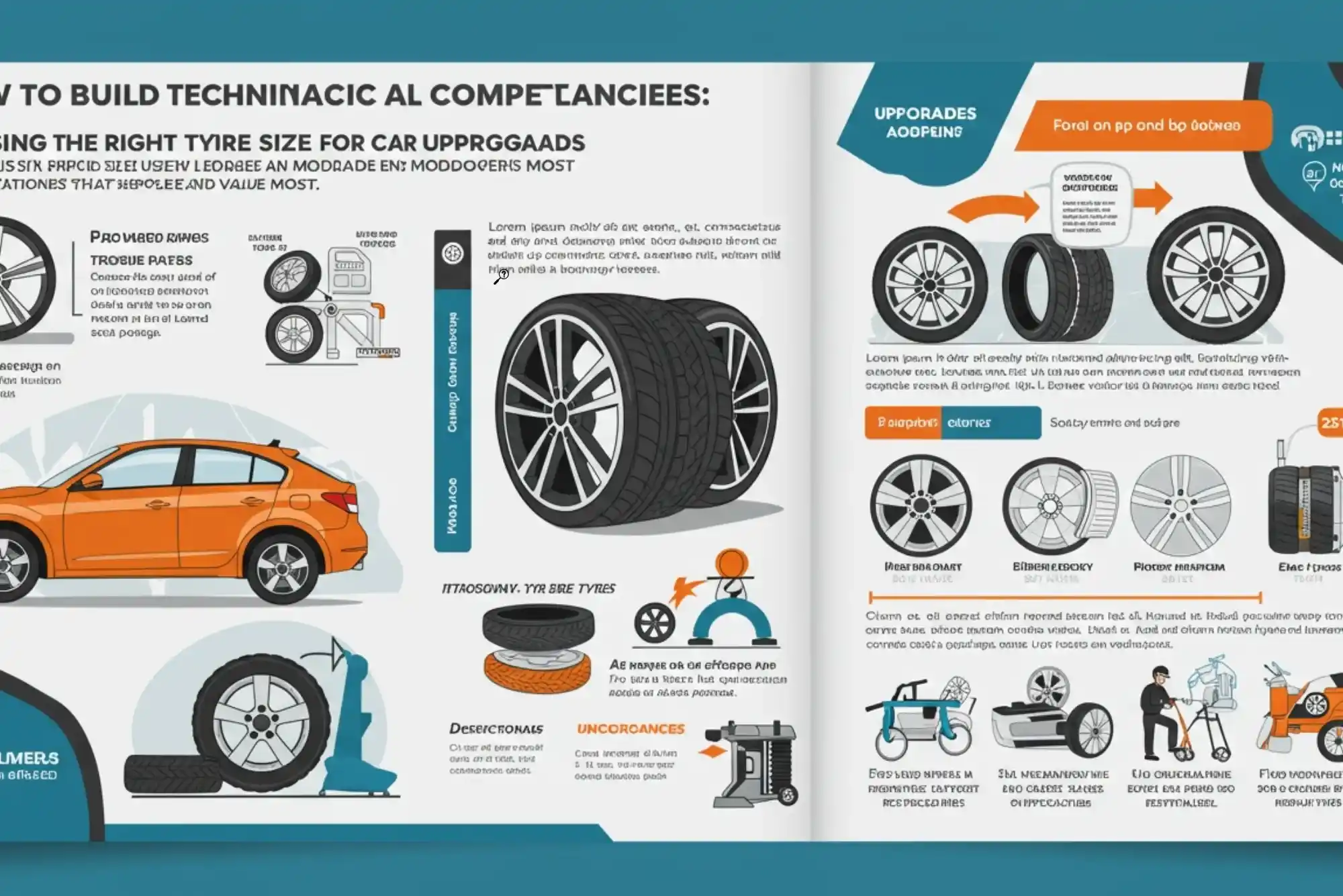The 1920s, famously known as the “Roaring Twenties,” was a decade of profound social and cultural change. This era not only marked the end of World War I but also ushered in a new wave of liberation, optimism, and creativity, especially in the realm of fashion.
Social and Cultural Influences
Post-War Liberation
Following the devastation of World War I, society craved a sense of liberation and freedom. This newfound optimism translated into fashion as men and women sought clothing that reflected their desire for modernity and change.
The Jazz Age
The emergence of jazz music and the vibrant nightlife culture that accompanied it significantly influenced fashion trends during the 1920s. This cultural shift fostered a demand for attire that was not only stylish but also conducive to dancing and socializing.
Art Deco Movement
The Art Deco movement, characterized by geometric shapes, bold colors, and a sense of luxury, permeated various aspects of culture, including fashion. Art Deco motifs were integrated into clothing designs, further emphasizing the era’s fascination with modernity and innovation.
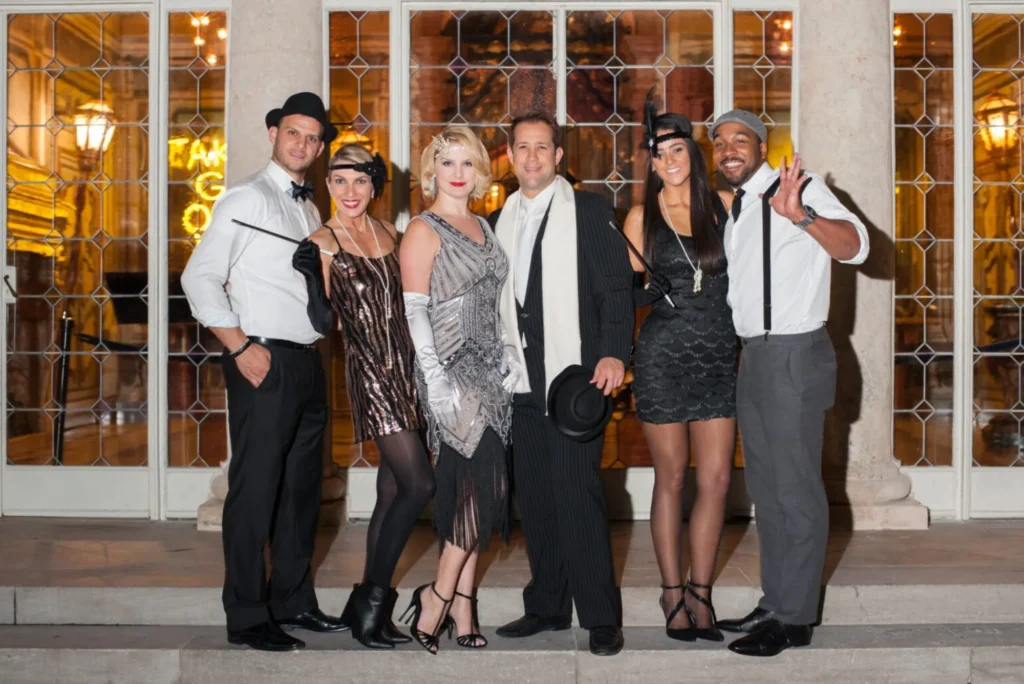
Key Elements of 1920s Fashion
Women’s Fashion
Flapper Dresses
Flapper dresses became emblematic of the 1920s fashion revolution. These dresses featured a straight silhouette, dropped waistline, and a hemline that rose to the knee or slightly above. They represented a departure from the corseted and restrictive styles of previous decades, allowing women to move freely and embrace a more active lifestyle.
Cloche Hats
Cloche hats, characterized by their close fit and bell-shaped design that hugged the head, complemented the bobbed hairstyles that were popular among women during the 1920s. These hats often featured embellishments such as ribbons, feathers, or intricate beadwork, adding a touch of elegance to women’s ensembles.
Bobbed Hairstyles
The bob haircut became a symbol of modernity and independence for women in the 1920s. Shorter hair not only challenged traditional notions of femininity but also aligned with the practicalities of the era’s fast-paced lifestyle. The bob was often worn with a sleek, straight look or styled into soft waves, enhancing its versatility and appeal.
Men’s Fashion
Suiting
Men’s fashion in the 1920s maintained a sense of formality while incorporating elements of modernity. Suits were tailored with a looser fit compared to previous decades, featuring straight-cut trousers and jackets that emphasized comfort and ease of movement. Fabrics ranged from traditional wool to more lightweight materials suited for warmer climates.
Wide-legged Trousers
Wide-legged trousers became fashionable for men during the 1920s, offering a relaxed alternative to the slim-fit styles of earlier years. These trousers were often paired with vests and suspenders, contributing to a polished yet casual appearance suitable for both business and leisure.
Two-Tone Shoes
Two-tone or spectator shoes gained popularity among men seeking to add a touch of sophistication to their attire. These shoes typically featured contrasting colors or materials, such as black and white leather, and were favored for evening events and social gatherings. Their distinctive look made them a hallmark of 1920s fashion.
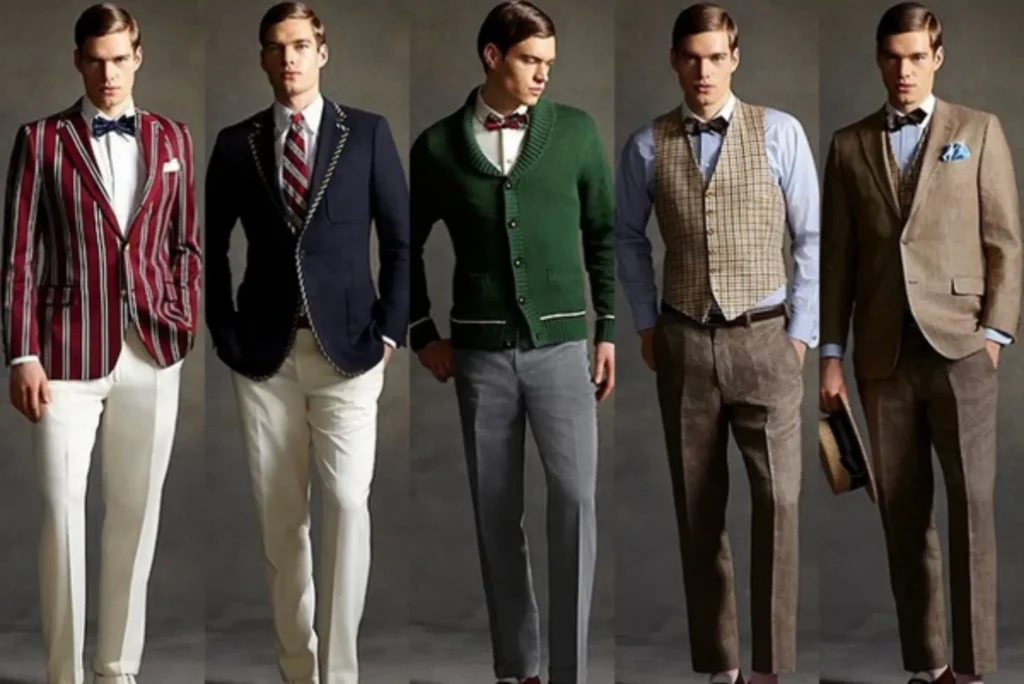
Impact of 1920s Fashion
Cultural Influence
The fashion of the 1920s reflected a cultural shift towards modernity, youthfulness, and individualism. It embodied the spirit of the Roaring Twenties, a period characterized by economic prosperity, social change, and a rejection of Victorian-era conventions. The bold and innovative styles of the decade continue to inspire designers and fashion enthusiasts alike, serving as a testament to its enduring influence on contemporary fashion.
Legacy
The legacy of 1920s fashion can be seen in modern interpretations that draw inspiration from the era’s aesthetic principles. Elements such as flapper dresses, Art Deco patterns, and tailored suits continue to influence runway collections and everyday attire, preserving the era’s legacy of boldness and creativity.
The fashion of the 1920s remains iconic for its bold departure from tradition and embrace of modernity. From the revolutionary flapper dresses to the tailored suits and Art Deco accessories, the styles of this era reflect a dynamic period of social change and cultural innovation. The Roaring Twenties not only reshaped fashion but also set the stage for future trends, leaving an indelible mark on the history of style and self-expression.

